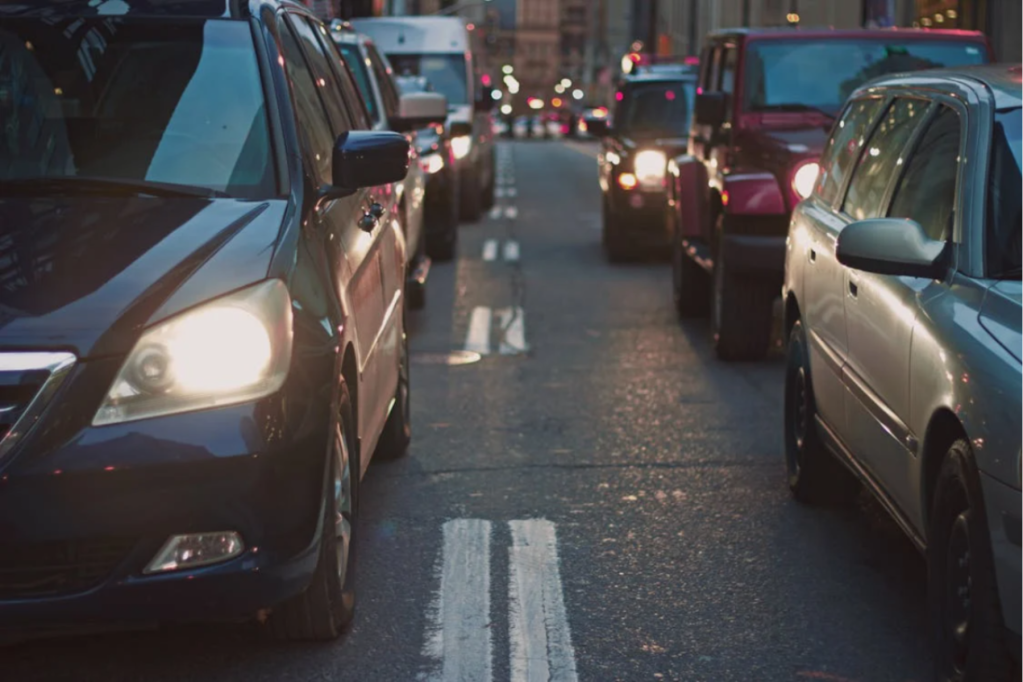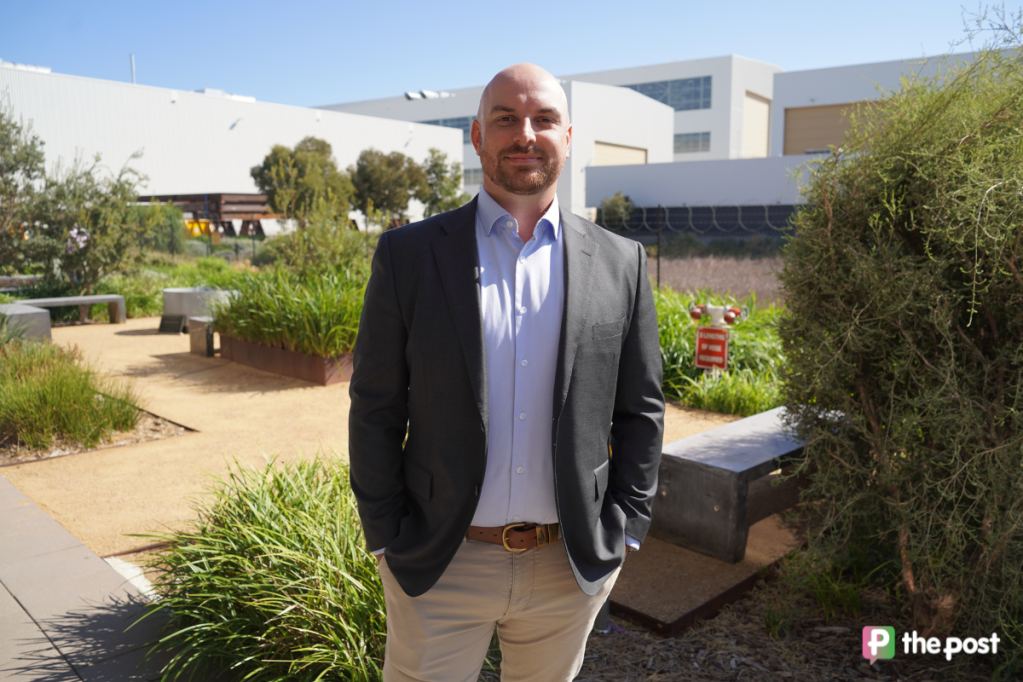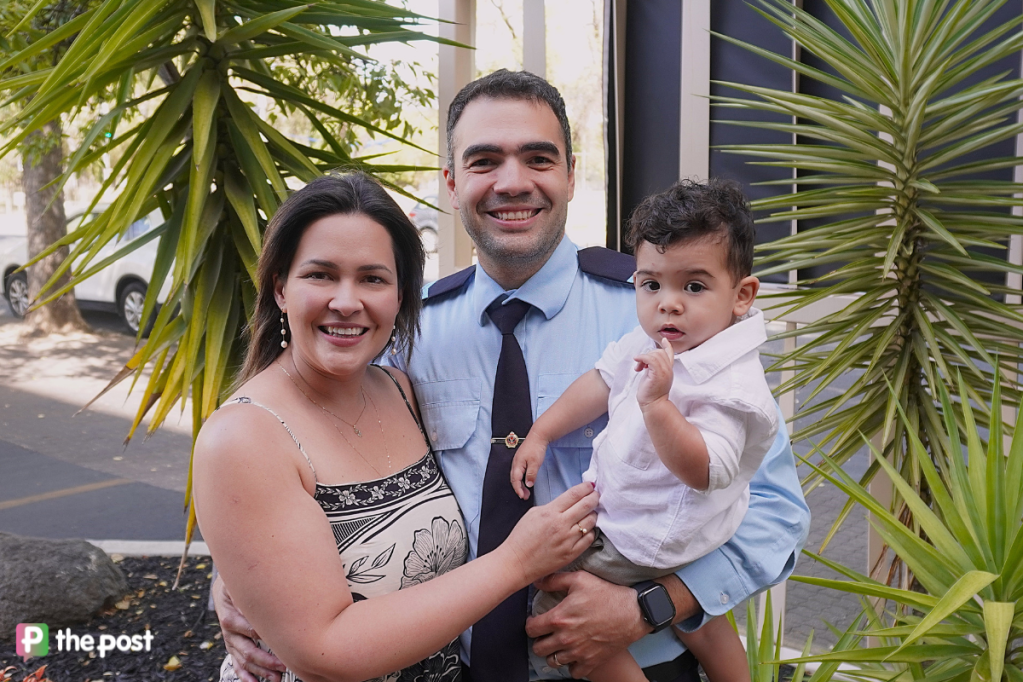South Australia’s most crash-prone roads revealed
Four Adelaide roads and a regional highway are the most crash-prone places to drive in the state, says a report analysing a decade of data.

Released today, AAMI’s Decade of Driving Report assessed over 4.3 million national motor claims from 2014 to 2023, finding when, where and how the most common crashes happen around Australia.
In South Australia, Marion Road was the road with the most crashes every year for the past 10 years, followed by North Terrace and Prospect Road.
Coming in at number four was the Stuart Highway at Cooper Pedy, the only regional road in the top five hotspots after recording the second-highest number of crashes of any road in both 2021 and 2022.

Graphic: AAMI
In fifth place was West Terrace, which came in at the second spot in 2023.
Main North Road saw a big improvement, having come in as the ninth for crashes in 2014 and ending 2023 in 18th place.
AAMI motor claims manager Leah James said the top crash spots around the country were “notorious”.
You might like
“[They] share similar attributes of being busy major roads, or main thoroughfares through industrial, educational, shopping centre precincts or central business districts,” she said.
The most common crash in South Australia was attributed to colliding with stationary objects, making up 21 per cent of claims. Just one per cent below was nose-to-tail accidents, followed by claims for accidental damage incurred while parked.

Graphic: AAMI
Driven to distraction
The data comes as South Australia officially ends a three-month grace period relating to new mobile phone detection cameras, with drivers detected using their mobile phones now liable for fines of over $500.
From tomorrow, owners of a vehicle driven by someone who is seen illegally using a mobile phone will be fined, with those over 18 facing a $556 fine, a $102 Victims of Crime levy, and three demerit points. Drivers under 18 will receive the same fine and demerit points, but a reduced $20 Victims of Crime levy.
The cameras, which have been operating since June 19 without issuing fines, are located on South Road at Torrensville, the North South Motorway at Regency Park, Port Wakefield Road at Gepps Cross, the Southern Expressway at Darlington, and Port Road at Hindmarsh.
Over the grace period, 68,252 warning notices were sent to drivers, with the owner of one vehicle receiving 33 notices over the three months.
Stay informed, daily
SA Police said distraction while driving had been the suspected cause of 1631 casualty collisions in 2024, causing 21 deaths and 215 serious injuries. In the five years to December 2023, crashes caused by distraction led to 1715 serious injuries and 199 deaths in the state.
The propensity of motorists to drive while distracted was backed up by AAMI’s report, with rear-ending being the most common incident around the country.
“Nose-to-tail crashes and failing to give-way are consistently the top types of accidents, indicating that as a nation, we have a propensity to tailgate other drivers and drive distracted,” James said.
“While there have been many changes, and technological advances, to the types of vehicles we drive since we started the AAMI Crash index in 1994, AAMI’s Decade of Driving Report found that unfortunately we haven’t changed much about the way we drive.”

Graphic: AAMI
The worst day for crashes over the decade was consistently Friday, with crashes on that day making up 16 per cent of all incidents. Thursday was the second worst day for crashes.
Nearly a third of crashes took place in the afternoon between 1 and 4:30 pm, and males made up 52 per cent of South Australian crashes.
“Since 2014, our data has shown that afternoons are prime time for collisions across the country,” James said.
“This coincides with school pick up – and is generally a time when the roads are busy, patience is wearing thin, drivers are tired from the day and racing to either get home or to their next destination.
“This is when drivers need to have their wits about them, and be vigilant behind the wheel, to avoid those bumper-to-bumper collisions or an accident involving a child.”
Drivers 65 and over experienced the most crashes, making up 26 per cent of accidents.
Kangaroos were the most collided-with animals in South Australia, followed by emus and dogs.








